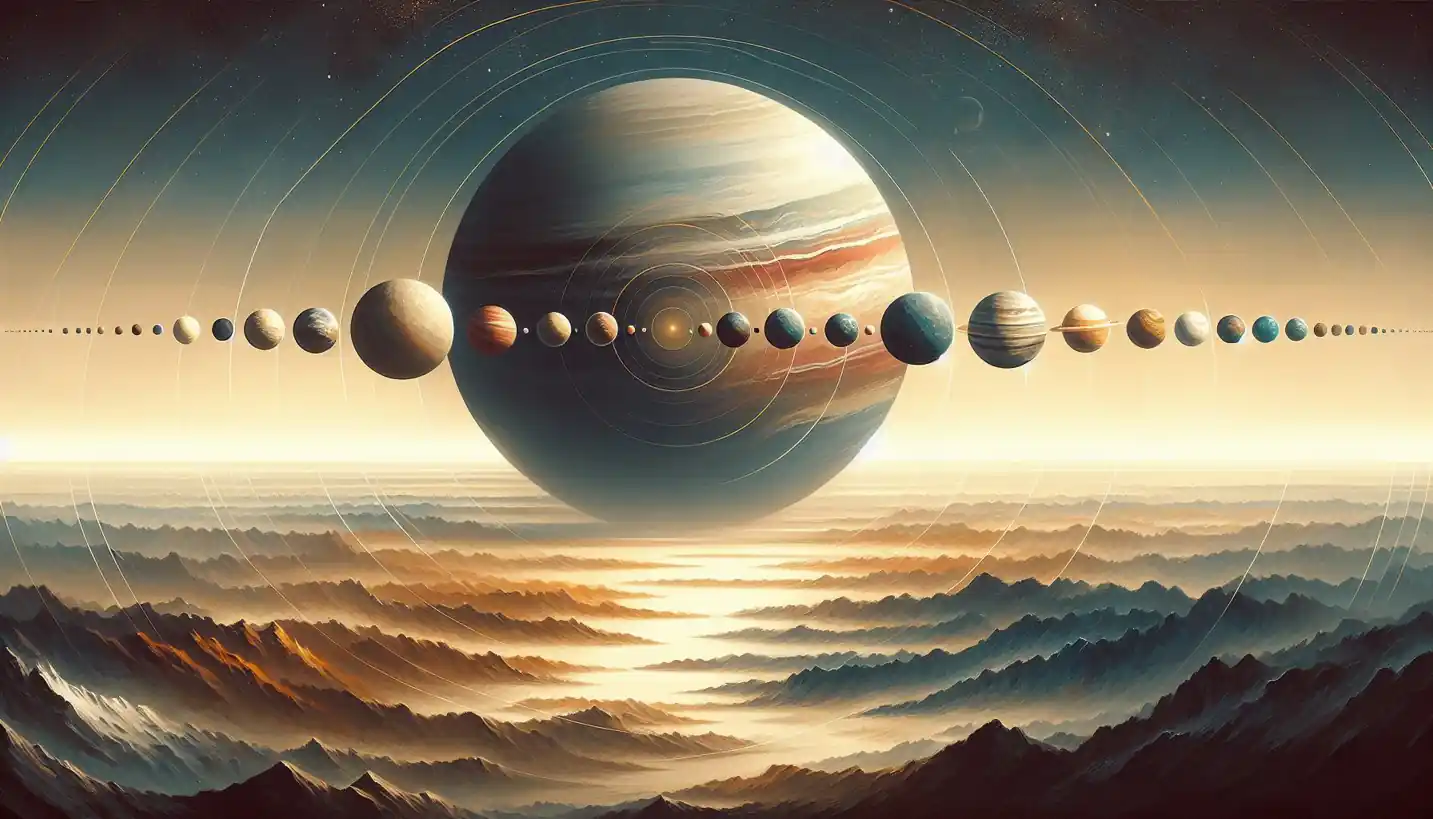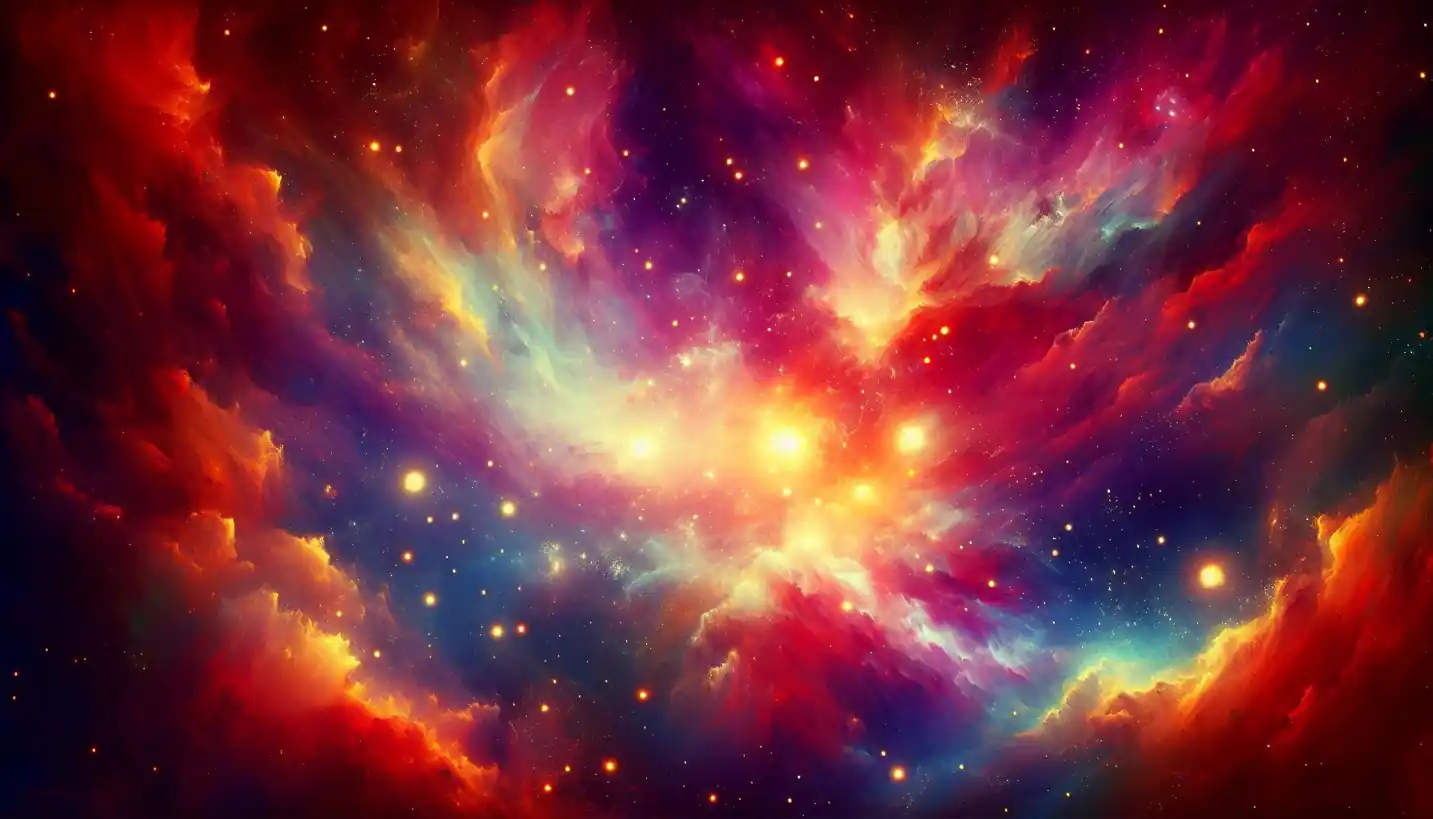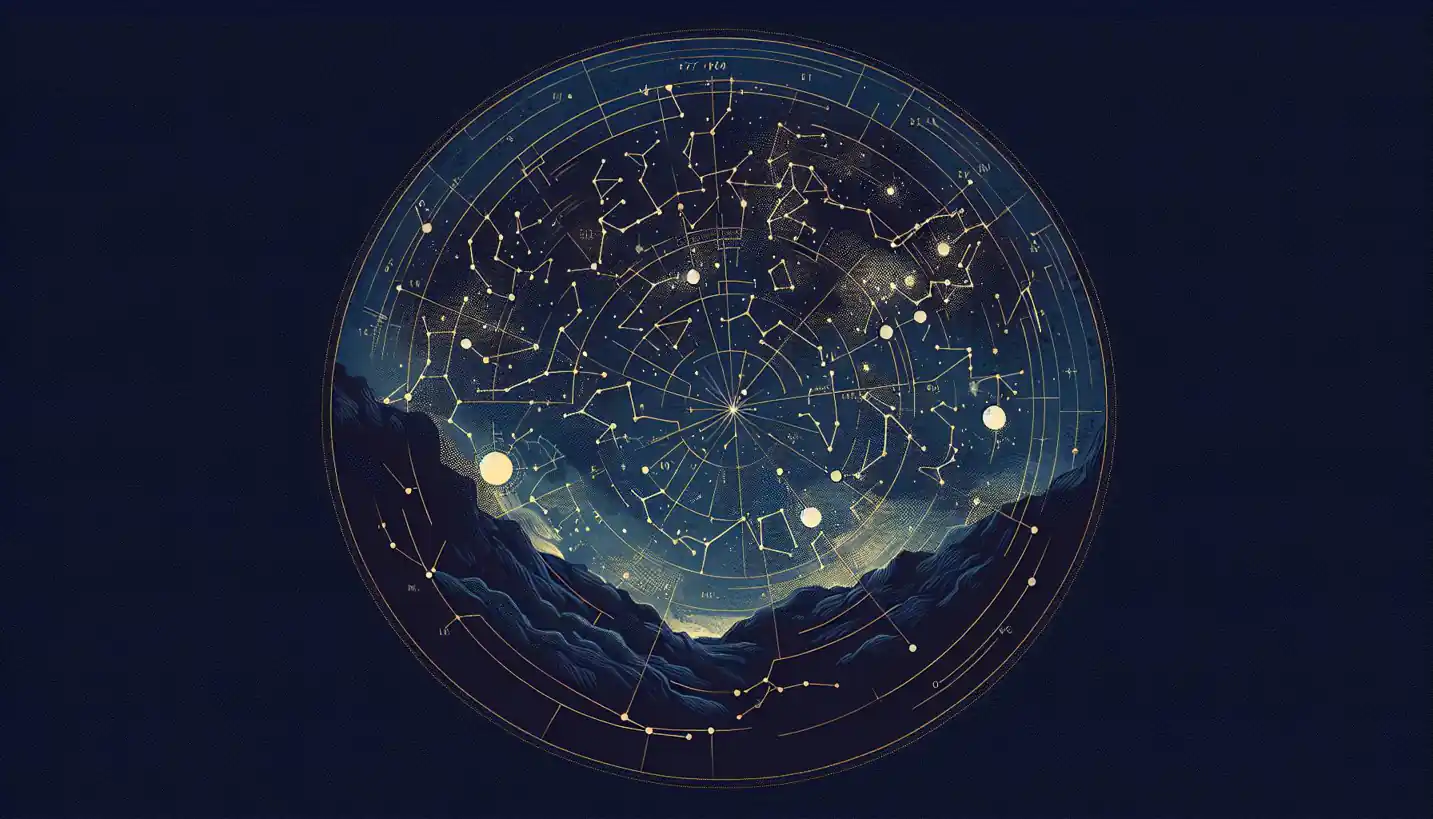· Astronomy · 5 min read
Planetary Migration: The Dance of the Planets in Exoplanet Studies
Planetary migration is like a celestial dance, shaping planetary systems over time. Discover how planets change neighborhoods in the vast cosmos.

When we talk about the vastness of the universe, one of the most intriguing ideas is the concept of planetary migration. This captivating phenomenon is all about how planets move from their original orbits, sometimes dancing closer or swinging away, causing a grand celestial shuffle. Imagine being at a cosmic party where planets are constantly changing partners and positions.
What is Planetary Migration?
In the simplest terms, planetary migration is the movement of planets from one location in their star system to another. It’s like rearranging furniture in your room; the planets shift their positions, often due to gravitational interactions with the disk of dust and gas from which they were born or with other planets. This process plays a crucial role in shaping the final layouts of planetary systems.
Why Do Planets Migrate?
You might wonder why a planet would decide to move from its cozy orbit. Well, the forces at play here are both fascinating and complex. Early in a solar system’s life, the planets form in a disk of swirling gas and dust around a young star. As they gather mass, they interact gravitationally with this disk. These interactions can create waves in the disk, much like a boat creates ripples in a pond, which can pull the planet inward, outward, or even make it spin around for a while.
Another reason for migration is the gravitational tug-of-war between giant planets themselves. Large planets like Jupiter have powerful gravitational fields that can influence the orbits of smaller bodies or even shift each other, causing a celestial domino effect.
Exploring the Evidence
Evidence of planetary migration comes from various astonishing revelations, particularly from the study of exoplanets—planets outside our own solar system. Take, for instance, “hot Jupiters.” These are gas giants similar to Jupiter, but they orbit surprisingly close to their stars, often having years that last only a few days. Their existence suggests they’ve moved from their original, more distant formation spots to warmer orbits. This close proximity to their parent stars means they had to migrate inward at some point, telling us secrets about their past travels.
The Dance Moves: How Planets Migrate
Type I and Type II Migration
Researchers often categorize planetary migration into different types. Type I migration generally involves smaller, Earth-sized planets. These bodies interact lightly with the disk gas and tend to drift inwards. Imagine yourself gently floating along with the current in a lazy river—it’s a slow and steady migration.
Type II migration, on the other hand, is like a waltz for the giants. This kind involves large planets opening gaps in their natal disks as they move. With the disk gas pushing them into these gaps, they often end up closer to their parent stars.
Chaotic Interactions
Beyond these more smooth and predictable migrations, sometimes things get chaotic. Giant planets interacting with one another can lead to wild and unpredictable moves. This can result in planets being ejected from their systems entirely, becoming rogue planets wandering the galaxy, or settling into new orbits, sometimes swapping places. It’s like a high-stakes game of musical chairs.
Why Planetary Migration Matters
Understanding planetary migration is crucial for several reasons. Firstly, it helps astronomers make sense of the diverse types of solar systems observed in the universe. Our solar system, with its modest arrangement of rocky inner planets and gaseous outer giants, might seem typical to us. However, studies of exoplanets show a stunning array of configurations, suggesting migration plays a significant role in planetary system development. Grasping it gives us insight into how unique or common our own solar system is in the cosmic order.
Moreover, planetary migration is a key piece in the puzzle of understanding habitability. If a planet migrates too close to its star, it might lose its atmosphere, or if it travels too far out, it might freeze over. Imagine trying to find the perfect spot in a vast arena—too close or too far from the action, and the experience changes dramatically.
Questions That Keep Us Up at Night
Astrobiologists and astronomers have many burning questions about planetary migration. Can migration bring a previously inhospitable world into a habitable zone—the right distance from its star for water to remain liquid? How common are Earth-like planets in stable orbits? Could the early migration of giant planets like Jupiter have had a hand in the formation of the inner solar system, influencing Earth’s environment?
The Future of Planetary Migration Studies
As techniques and technologies advance, scientists are poised to uncover more from this cosmic choreography. Ground-breaking missions and space telescopes, like the James Webb Space Telescope, promise to reveal more about distant planetary systems, shedding light on the mechanics of migration.
Future research might even answer whether migrations have turned barren worlds into lush oases, or vice versa. Could there be Earth-like planets that once hosted life but lost their atmospheres due to a migration event?
Wrapping Up
Planetary migration is a cornerstone concept in exoplanet studies and astronomy, illustrating the dynamic nature of our universe. It reveals how planets don’t just sit still after birth; they move, evolve, and sometimes even find themselves in a completely different spot from where they started. This ever-changing dance reminds us that the cosmos is full of surprises, waiting for us to explore and understand.
The next time you gaze up at the stars, consider the possibility of entire worlds on the move, constantly reshaping their destinies in the vast ballroom of space. How many mysteries do they hold, and what stories will we uncover next in this grand ballet of the universe?



